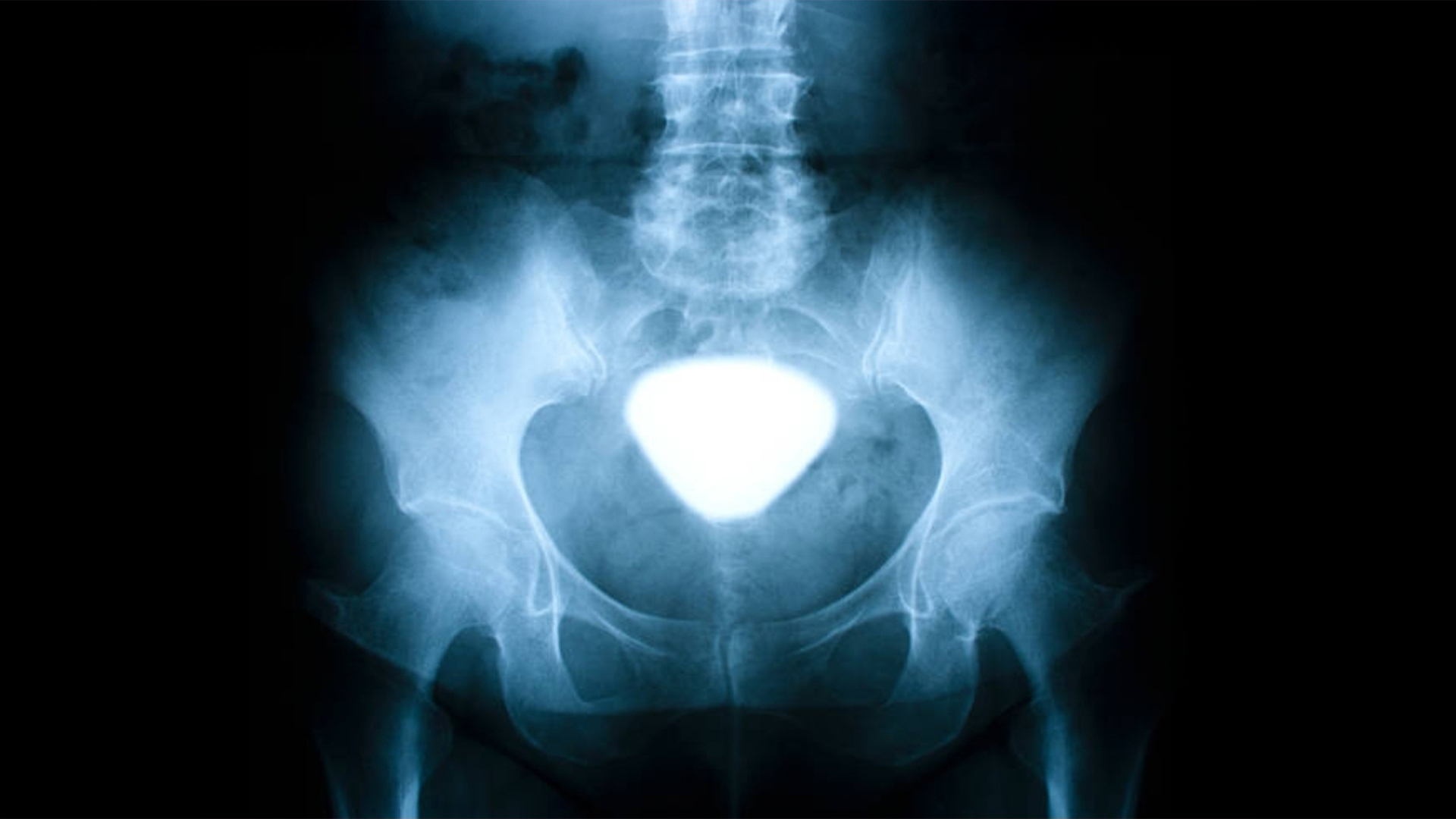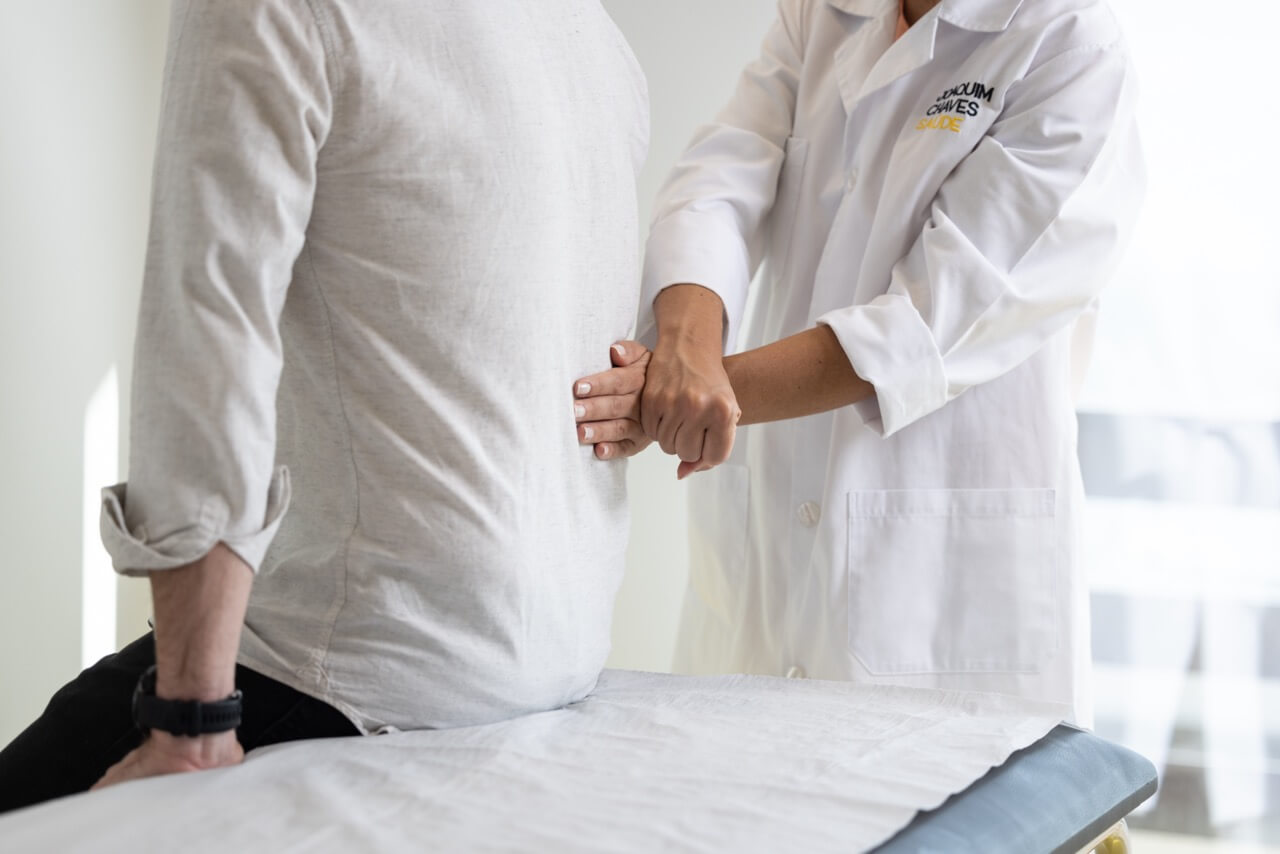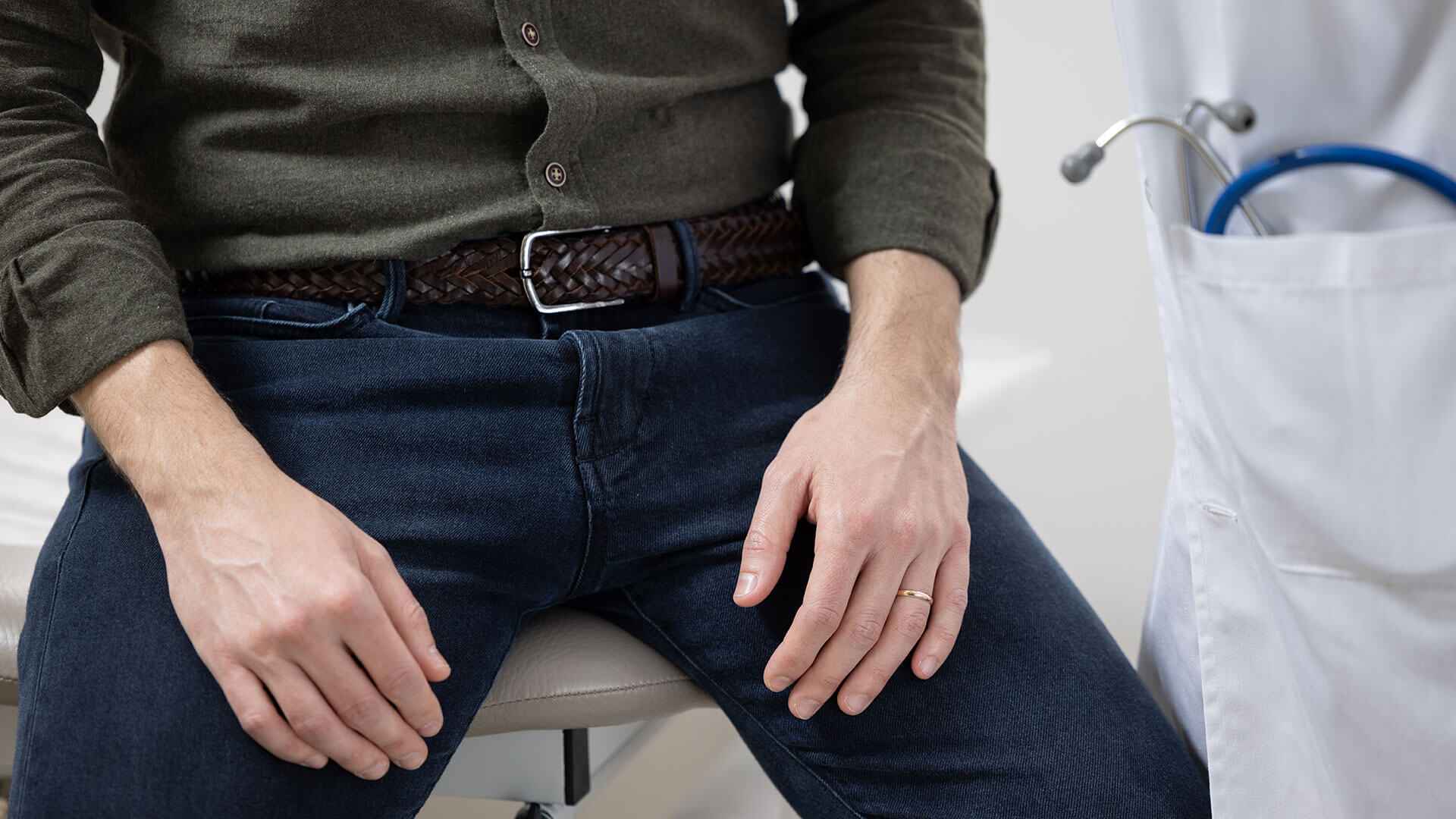Difficulty urinating, poor flow, painful urination, bladder pressure. These symptoms are more common than you might think, and often leave those who experience them without clear answers. When routine tests don’t explain this discomfort, it’s natural to feel frustrated and anxious.
It is precisely for these cases that urethrography may be recommended. This exam enables a detailed study of the lower urinary tract, helping identify alterations in the urethra and bladder. More than a diagnosis, urethrography is an important step to find the right treatment and relieve symptoms.
In this article, we explain the purpose of urethrography, how it’s performed, what types there are and what precautions to take before and after the exam.
What is urethrography?
Urethrography is a diagnostic imaging exam that allows detailed examination of the urethra and bladder – crucial structures in the process of urine elimination.
This exam assesses the natural flow of urine from the bladder to outside the body. Therefore, it is able to identify anatomical or functional changes that may be causing symptoms such as painful urination, difficulty urinating or frequent urinary tract infections.
This exam is safe and often requested as part of a more comprehensive urological assessment. The procedure involves the use of a radiocontrast agent, allowing an accurate diagnosis and appropriate clinical follow-up.




